History originally published in AutoWeek July 18, 1983
Wedged in the passenger seat as Bill Serri works the Alfa, cutting crisp vintage holes through the workaday traffic of the New Jersey that lies across the river from Philadelphia, it’s not hard to imagine a riding mechanic named Mambelli occupying the same seat 45 years ago.
It was another time and another world. The car, and Alfa Romeo 8C2900B Mille Miglia, was one of four purpose-built automobiles. Sports cars only in the loosest sense, they were racers built to win their namesake race in 1938.
In the cockpit with Carlo Pintacuda driving, Mambelli probably braced himself as I did, left hand clutching the cowl and feet planted firmly against the firewall. His right knee, too, must have been skewed over to his left to allow Pintacuda to operate the gearshift, much as mine was to let Serri do the same. Mambelli heard the same howl of the gears driving the twin cams and twin superchargers of the straight eight under the long louvered hood and listen to the same snarling exhaust.
My ride lasted, oh, I don’t really know. I wasn’t exactly watching the time. Mambelli’s ride went on for 12 hours and 31 seconds, of which 14 maddening minutes he spent freeing the brakes which had locked up at Terni. That incident was to cost to Pintacuda the lead in the 1938 Mille Miglia. Corse Alfa teammate Clemente Biondetti in a similar “Two-Nine” overtook him.
Of course it was to be an Alfa Romeo race. Every Mille Miglia since 1932 had resulted in an Alfa sweep of the top four places. Only in 1937 did another marque slipped into third. The 8C 2900B Mille Miglias were designed to, and expected to, dominate the 1938 event. In addition to Biondetti and two-time Mille winner Pintacuda, Alfa Corse entries were piloted by Nino Farina, yet to reach the fame of post war years, and Eugenio Siena and Emilio Viloresi, sharing a car.
Farina crashed, and Siena’s engine blew, but Pintacuda was flying. Over one section he set a record of an average 130 MPH. Then the brakes locked and the lead want to Biondetti. Pintacuda took up the chase eight minutes behind. In an electrifying drive, he lopped entire minutes off Biondetti’s advantage, finally finishing a scant two seconds behind. Based on actual running time, Pintacuda lost to Biondetti by two minutes and two seconds. The pair had averaged 85 MPH over the 1,005.2 miles of public road. The Mille Miglia still belonged to Alfa Romeo.
The 8C2900B was replaced by the 4.5-liter V-12 Alfa 412 for the 1939 Mille Miglia, but the 1938 cars were not to become pensioners. The Farina and Siena cars went to Switzerland where they were raced. They were later acquired for the Schlumph Collection, where they remain. The race-winning Biondetti car went through several owners and body modifications before winding up in a Scottish museum, from which Bill Serri acquired it in 1970. Serri had the body were corrected and has since sold the car, but he currently is putting it through a full restoration. The only reason he sold it was to buy the Pintacuda car.
Like the other Mille Miglia Two-Nines, the Pintacuda car had postwar racing owners, one of whom was Phil Hill in pre-Ferrari days. He used it to win the Del Monte going away at the second annual Pebble Beach meet in 1951, but finished fourth in the cup race, stopping too often for oil. Hill sold the car after that, and until August 1982 it was part of the Brooks Stevens Automotive Museum collection. This fourth car is now owned by Bill Serri.
There were more than just four 8C 2900B Alfas, and naturally the “B” series superseded the 8C 2900A. In all, there were some 43 8C2900 Alfas. First appearing in 1936, its name came from the engine around which it was designed: 8C—eight cylinders, 2900—2.9 liters. That hardly does justice to the engine, however.
Literally a detuned Grand Prix motor, it is a magnificent straight eight. Double overhead cams and twin lobe-type superchargers are driven by eight gears that dance through their paces with a spine-resonating howl. The heads are non-detachable, and despite the vintage over-square (68x100mm) design, turn upward from 180 to 260 horses.
It does matter that the engines make power, but even if they didn’t they would be beautiful furniture. Not only are the castings and the machine work as flawless as fine sculpture, but the entire engine has a visual rhythm, a balance of form in line and texture that transcends engineering and becomes art.
The same applies to the chassis and suspension. The massive frame rails curve just so, and suspension parts—cast double trailing arms in front and swingarm independent at the rear – are art in their own sake. The 2900Bs also had a rear transaxle instead of the conventional engine-mounted transmission of the 2900A road cars. Though the basic suspension design is the same as an early VW beetle, there is a world of difference in execution and application. Both Shetland ponies and thoroughbreds have four legs.
In a way, it’s unfortunate that the mechanicals must be covered, but at least Alfa did not envelop them in common bodywork. All of the Two-Nine Alfas had coachwork bodies, most coming from Carrozeria Touring, as did the four Mille Miglia cars. There were berlinettas and open sports bodies on longo (long) and corto (short) chassis, and the open sports by Touring were feminine-lined Art Deco masterpieces, lovely and elegant. But, ah, the Mille Miglia cars. Masculine, aggressive, yet aeroform and supple, possessing the grace of a fighter plane of the same era. Which is not surprising, really: Touring’s superleggera light alloy bodywork had been developed while the firm was making aircraft parts under government contract.
Considerable effort was made to make the Mille Miglia cars aerodynamic, even down to teardrop shaped bolt heads on the body, but in truth windtunnel data may not match the visual streamlining. The irony is that although the coachwork is from Touring, there is no single individual to credit with this most beautiful of automotive shapes.
The view over the production car gauges, over the long hood, is like sighting down the tapered barrel of a cannon. Select first gear – it’s where the third normally is – and let out the clutch. It’s an in-out affair, but with a bit of extra throttle and a lot of care at the point of engagement, a smooth departure can be made.
There are no synchros, so double clutch to second. You can double-clutch, can’t you? Want to try it with a very expensive car with a very expensive gearbox? One that belongs to someone else? I thought so.
With Serri’s help, I was able to get up to speed…more or less. It is a remarkable civilized automobile, the howling acceleration not spoiling tractability at lower revs. It goes where it’s steered and without excessive effort. The swingarm suspension, when pushed (i.e., With Serri driving), can be felt adding to its own steering input to the chassis, though at discrete novice speeds the effect is wholly unnoticeable. Still, it is easy to imagine, sitting in the driver’s seat watching the road scroll under the curves of the fenders while the howl of the superchargers resonates vertebrae up-and-down the scale. It’s easy to imagine the events of 1938 and a man named Pintacuda. It’s easy to imagine the events of 1951 and a man named Hill.









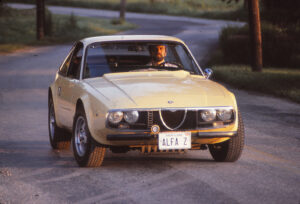
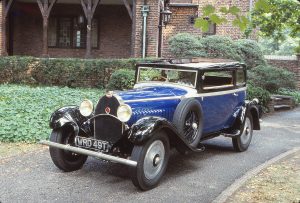
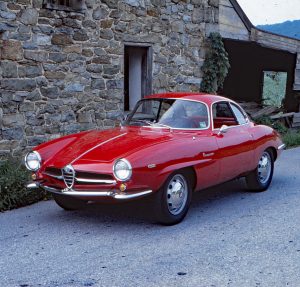
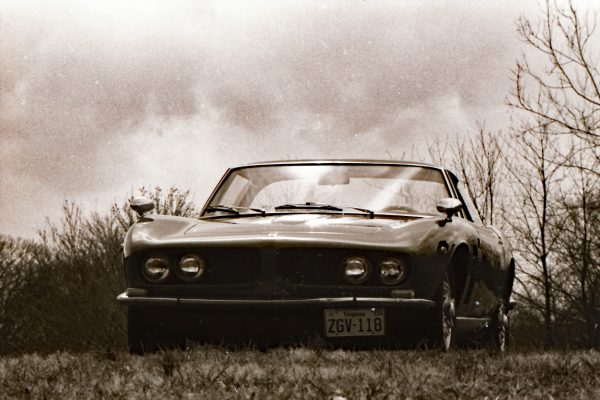
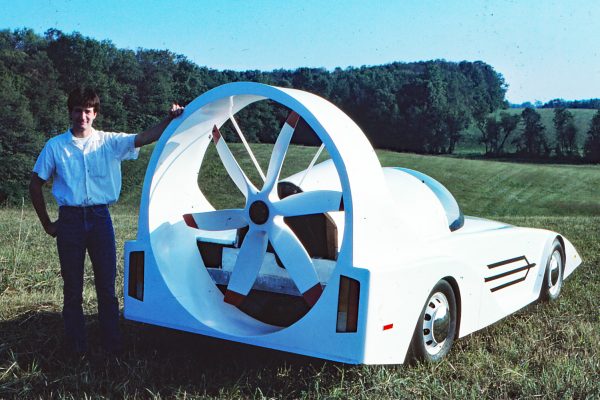
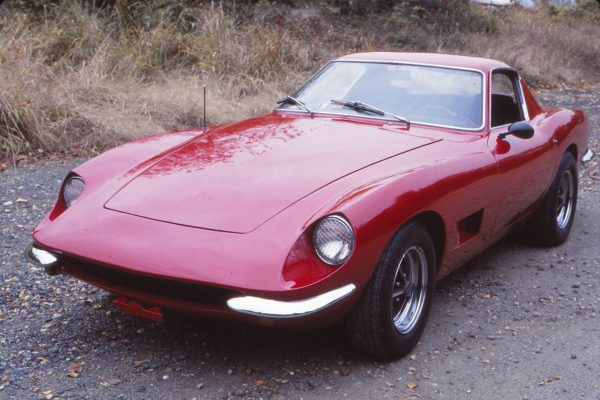
What Do You Think?
You must be logged in to post a comment.